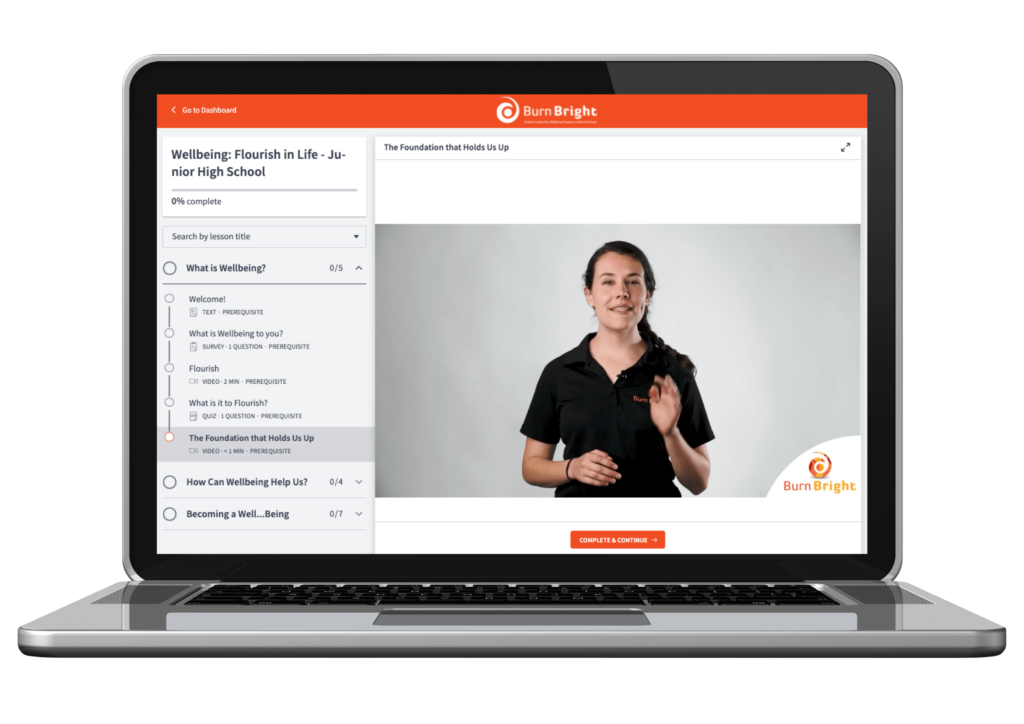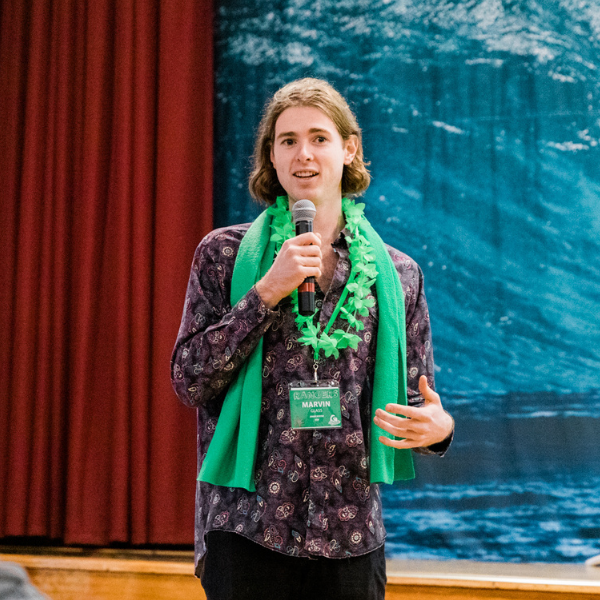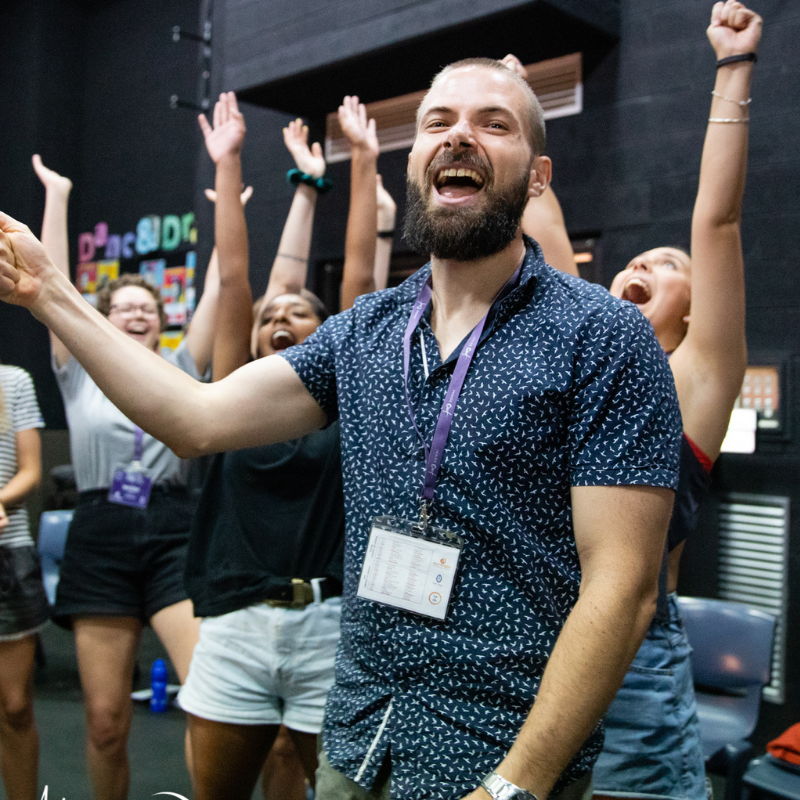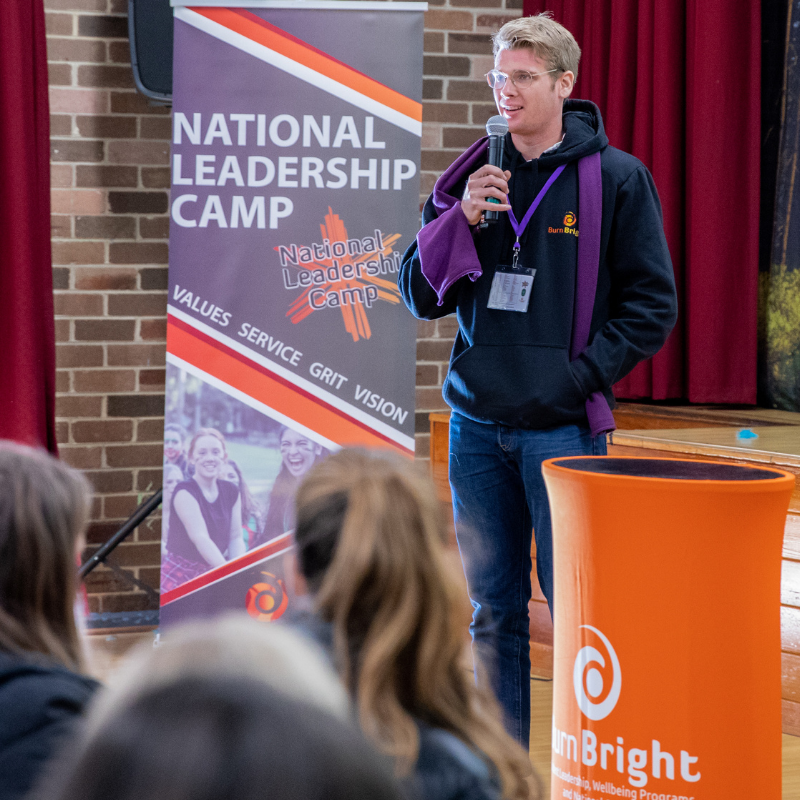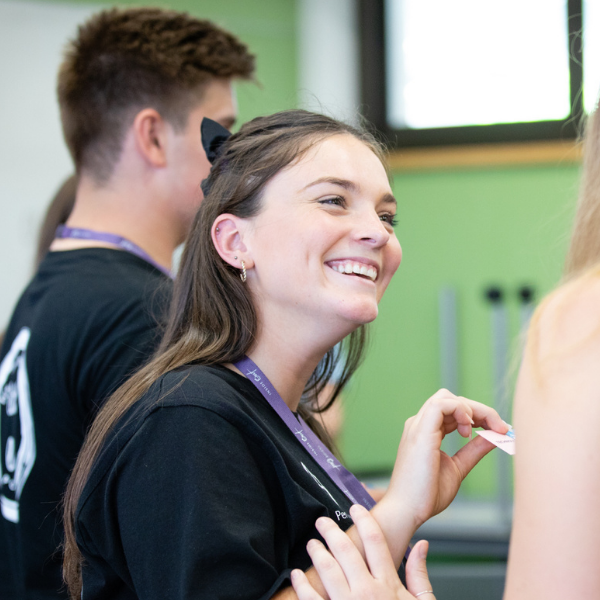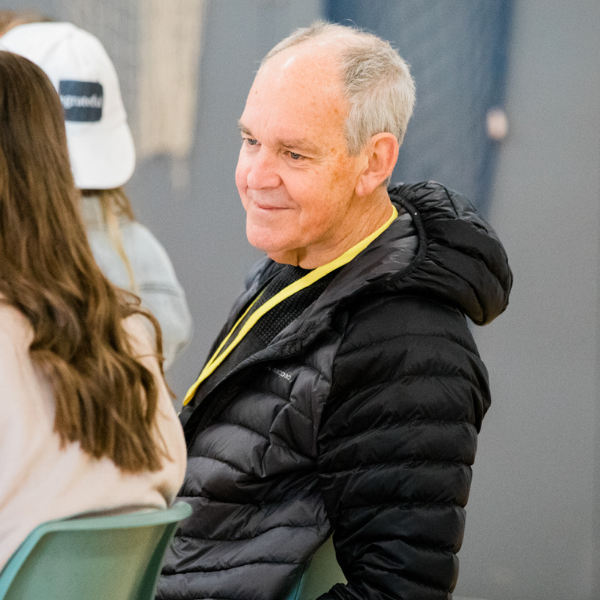It’s a debate as old as social media itself, does the use of social media damage or enhance relationships? Social media and Generation Z often go synonymously together and for all teenagers, social media has existed since before they were alive. Young people have grown up in a world dominated and accelerated by online connection.
Accelerating Communication
Since the beginning of time humans have desired to interact and belong and while this hasn’t changed, the mediums on which we communicate have. Over the past 15 years, digital mediums have increased the accessibility and frequency of our communication.
Moving our communication to an online medium has been the most recent change which has led to a more intrusive and prevalent component in our daily lives. For example, the communication medium has rapidly changed from the invention of the telephone to party lines to Instant Messaging and social networks. These rapidly evolving digital spaces for teenagers have shifted identity formation, social influence and the ability to connect to those around them. So, the question is: does the use of social media as a platform enhance or detract from our ability to connect with others?
Relationships are at the Centre of a Teenagers Wellbeing
There is a large body of science which tells us that relationships are the number one indicator of a teenager’s wellbeing. Relationships amplify their wellbeing. If their relationships are positive and genuine, it’s easier for teenagers to look after other aspects of their wellbeing and feel supported whilst doing so. So, the question becomes: is social media damaging or enhancing teenagers’ relationships with their peers, family and community alike? There is an increasing level of data that suggests frequent social media usage has had a negative correlation with levels of relationship satisfaction (1). Other research data suggests that individuals with multiple social media profiles often suffer from an increased risk of depression (2) (3). There is no doubt that social media has had an impact upon how relationships grow and develop. Our research at Burn Bright shows us that Snapchat is the most popular social media platform, followed by Instagram amongst today’s teenagers and that other social connection apps such as HouseParty (a group teleconferencing app) are on the rise.
In 1938, Harvard University began following 724 participants as part of the longest-running study on human development in history. The study was developed to determine what makes us happy and explored every part of who we are, from physical and psychological traits to social life and IQ, to learn how we can flourish. Findings from the study were published in the 2012 book, “Triumphs of Experience”, with key results showing that happiness and health aren’t a result of wealth, fame or working hard, but come instead from our relationships (4). While online and mobile technologies can provide a means of connecting people and can increase our sense of belonging therefore having a positive impact on our relationships, research suggests that this cannot replace our offline relationships. It is the neurochemical response that occurs during face-to-face interactions that contributes to wellbeing (5).
Comparisons, Comparisons, Comparisons and the 24/7 Bully
The rise of social media platforms especially that focus on photo sharing, are developing an unhealthy level of comparison between the teenagers themselves and others which is leading to unhealthy lens of validation for teenagers. It is a natural part of human behaviour to compare ourselves with the people around us. The introduction of social platforms has increased our ability to compare ourselves to others. The issue is that we are comparing ourselves to a distorted reality. For a young person, comparisons are the thief of joy and when we are comparing ourselves to this photoshopped reality it causes anxiety and a misunderstanding about what living a good life realistically looks like. Encouraging young people to find their validation not through comparison but in healthy places such as through their relationships, a sense of meaning and purpose and their own accomplishment is imperative.
Secondly, with the increase of availability of social media, the ability for young people to be bullied across a range of social media platforms has led to an inability to escape what once was an “at school only” phenomenon. Bullying can be multi-platform and at all hours of the day. This can be so damaging for a young person that it impacts their mental health significantly.
A Positive Approach is Needed — Why Micro Management of Teenagers isn’t the Solution
It’s easy to make a quick decision that the best way to regulate and remove these issues from a young person’s life is for an adult to remove the source of the issue or to heavily regulate it. I think it is important that we follow the old parable “give a man a fish and you feed them for a day; teach a man to fish and you feed them for a lifetime”. The reality is that no matter what regulation or rules we put around young people, they will find a way to push the boundaries or to still be where their friends are. It’s important that we teach young people the correct character and values to use online. It’s important for them to be aware that the actions and consequences of their digital world and physical flow into all spheres of their lives. Encouraging, teaching, coaching and example setting for a young person needs to be the solution. Taking a positive approach means that we need a focus on how technology can strengthen our relationships and bonds with others whilst also keeping the physical face-to-face relationships. We shouldn’t underestimate the importance of putting our phones or devices away and being present in the moment and pay attention to the person in front of us.
This being said, boundary setting and micro-managing are not the same thing and it’s important that schools and parents set strong boundaries that are designed to set the parameters for behaviour enabling a teenager to know where the limit is. One solution at home is a mobile phone contract that sets the boundaries with a young person (which is best set before they even get their first mobile phone). Another solution is to use the built-in settings on the iPhone and Android now that can track and manage screen time, time of day of use and the usage of certain apps. Parents can easily set this up with a pin code to ensure there are strict boundaries in place. In summary, here are a few final points that could be helpful in navigating this conversation with any teenager:
- Take a positive approach that empowers a young person to make decisions for themselves.
- A face-to-face relationship is important for our wellbeing.
- Just like anything in life, it’s about finding a balance.
REFERENCES
- https://www.sciencedirect.com/science/article/pii/S0747563214001563
- http://www.braininstitute.pitt.edu/using-lots-social-media-sites-raises-depression-risk
- https://www.apa.org/news/press/releases/stress/2015/snapshot.aspx
- https://www.mentalhealth.org.uk/publications/relationships-21st-century-forgotten-foundation-mental-health-and-wellbeing\
- https://www.mentalhealth.org.uk/publications/relationships-21st-century-forgotten-foundation-mental-health-and-wellbeing

